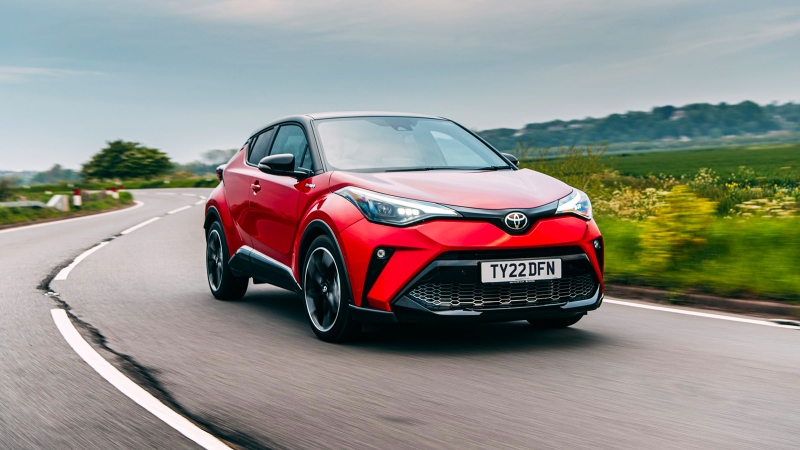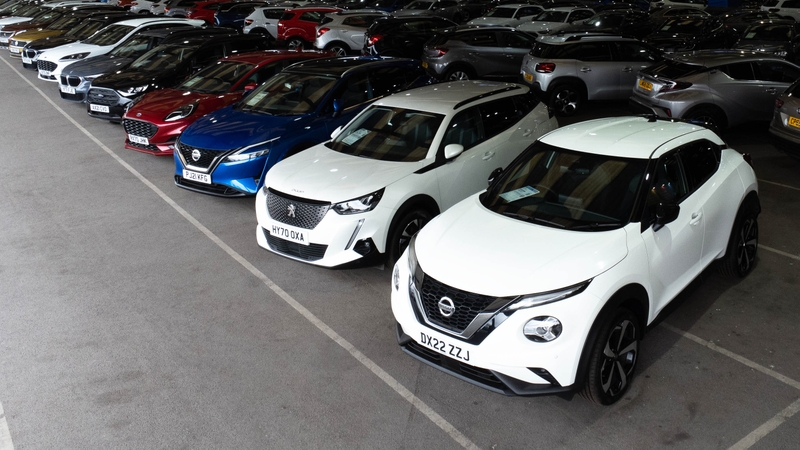
Kia Stonic interior, tech and practicality
Gallery
Comfort and visibility
With lots of physical buttons and dials, plus a very logical layout, the Stonic isn’t a car that will take you ages to learn. Regardless of what car you come from, the Stonic will instantly feel familiar.
The flipside of that coin is that the interior design is rather… conservative. A Peugeot 2008 is much more interesting inside.
The 2008 is also made from better materials. Don’t get us wrong, the Stonic’s materials are durable and wipe-clean – and absolutely fine for a cheap car – but other rivals offer more interior panache. You might want to step up to the Kia XCeed if you get in the Stonic and find it just a bit too plasticky.
Standard equipment
The Stonic range starts off with ‘2’ trim, which comes with alloy wheels, cruise control, air conditioning and rear parking sensors. GT-Line comes with a sharper front end design, bigger wheels and LED headlights, plus a reversing camera, privacy glass and an auto function for the air conditioning.

Next up is ‘3’ trim, with its heated front seats and steering wheel, keyless start, auto wipers and black leather-effect upholstery. Top-spec GT-Line S combines sporty looks with all the kit – there’s intelligent speed assist, blind-spot monitoring and, on automatic cars, adaptive cruise control. This effectively replaced the old '4' trim.
Over the Stonic’s lifespan, there have been various special editions such as Mixx, Maxx, Quantum and Shadow. These offer a little extra equipment over the trim levels they’re based on, and usually have exclusive paint colours or alloy wheels.
Infotainment and audio
Regardless of how cheap the Stonic is, you’re not going to miss out on a touchscreen infotainment system. Even the entry-level model gets an eight-inch colour screen with Bluetooth and DAB radio.
If you have a smartphone, you’ll be interested to know that Apple CarPlay and Android Auto are both fitted as standard. Plug your phone in and you’ll be able to see a selection of your familiar phone apps on the car’s screen, and use them instead of Kia’s native ones.
In fairness, Kia’s own infotainment system is one of the better ones on the market. The main menu uses a page of widget icons that quickly take you from one function to another. These are supplemented by physical shortcut buttons around the screen, which makes the Stonic’s screen easy to use – although the ‘map’ and ‘nav’ buttons are a bit confusing and you’ll often hit the wrong one before muscle memory kicks in.
Rear seat space

The Stonic has a bigger body than the Kia Rio it’s based on, so headroom is a bit better, but the two cars share the same wheelbase (the distance between the front and rear wheels). That means legroom is the same as the Rio’s, whereas some other SUV rivals offer more space than the hatches they share parts with.
Rear-seat space is big enough for two normal-sized adults, but a full complement of tall adults will struggle to get comfortable.
And, while the Stonic has five seatbelts, you’ll really struggle to fit anyone in the middle seat if the outer seats are occupied.
Boot space
The 352-litre boot is adequate and there are a couple of small hooks moulded into the plastic, but the Stonic could do with more litres and more features to be competitive with rivals. Most small SUVs offer 400 litres or more, and some boast extra functionality such as a variable boot floor. Having one would remove the Stonic’s slight load lip, which might make loading really heavy items a bit of a challenge.


















































